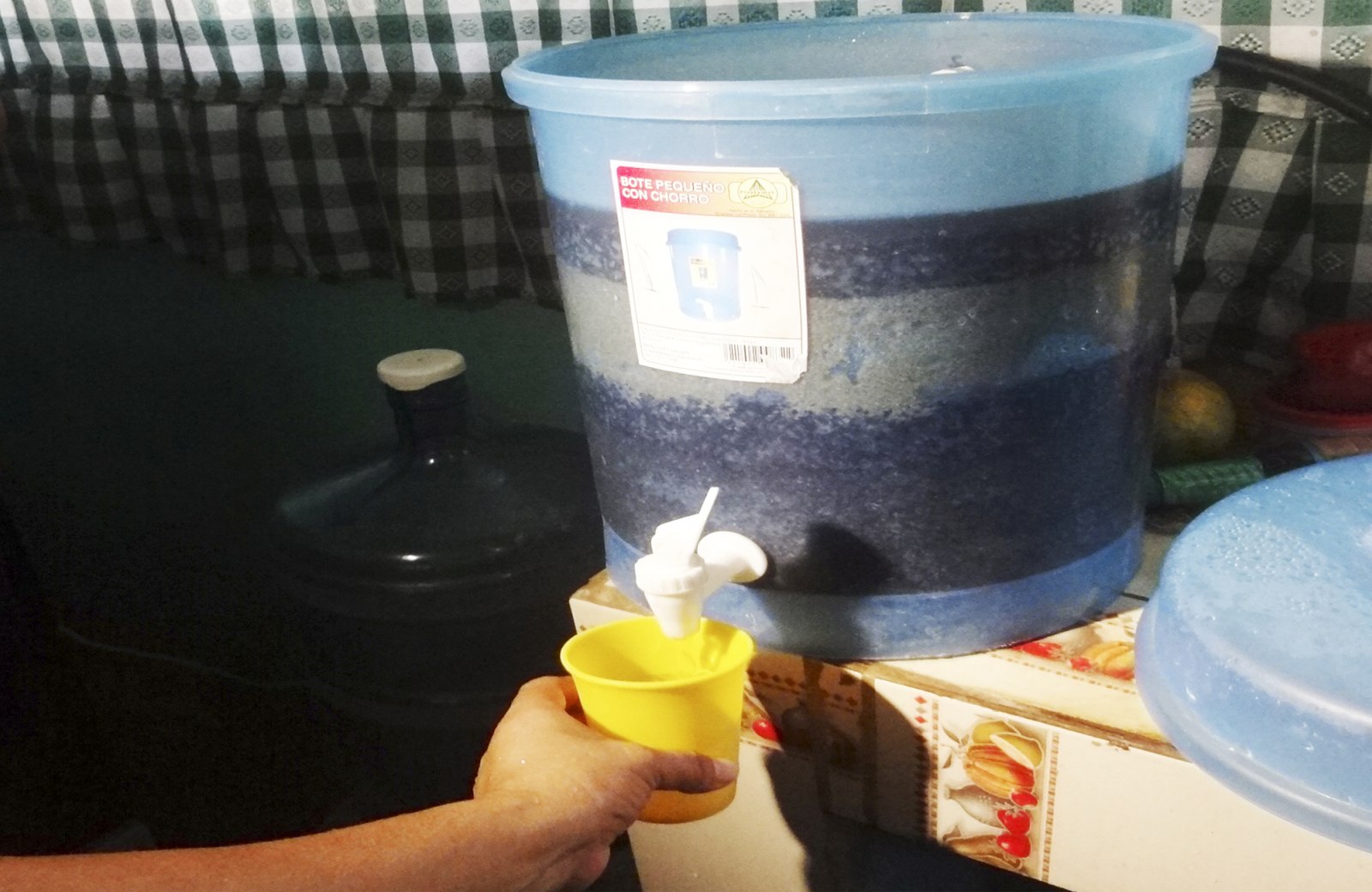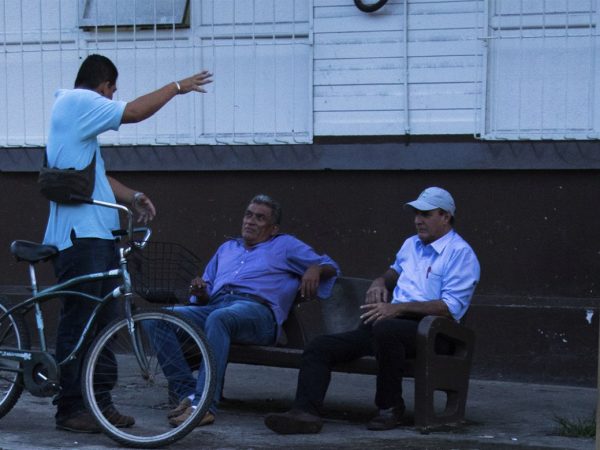
The problem of arsenic in the aqueducts of Guanacaste and the northern zone of our country should be resolved no later than the month of May 2014. This was told to the Voice of Guanacaste by Dr. Luis Carlos Vargas, director of the water laboratory of the Costa Rican Institute of Water and Sewers (AyA).
In October, the Comptroller General of the Republic authorized AyA to conduct bidding to directly contract the design, supply, installation, commissioning, operation and technology transfer of seven arsenic removal systems for affected aqueducts.
However, this process was delayed. Vargas indicated that “at this time the bidding process is still going on, but there was a question from a company and it extended from the 15th to 25th of October so companies could turn in their offers. After the awarding of one or more contracts, the orders will be made on December 12, and within four months they will be working on the removal, which we hope will be completed no later than May.”
In June, the Constitutional Court gave AyA a period of six months to determine the causes of pollution, still unknown, and to provide drinking water in the affected areas. “We will comply with the mandate, but we were already working on it before this. We have a strong commitment to the population,” added Vargas.
The authorization of the comptroller was for an amount of 1 billion colones ($2 million) and will benefit the Guanacaste aqueducts of Montenegro-Agua Caliente of Bagaces, Falconiana of Bagaces, El Recreo-Quintas Don Miguel-Río Piedras and La Lobra of Bagaces and Bebedero of Cañas, as well as in the Alajuela aqueducts of ASA5-Vuelta de Kooper of Aguas Zarcas, Cristo Rey of Los Chiles and Santa Cecilia of Los Chiles.
Two More Cases Detected Vargas related that in recent days, two more aqueducts were found to have arsenic levels higher than the maximum of 10 micrograms per liter. These are located in Jabilla and Bagatzi of Cañas. “In Jabilla the concentration was 90 but it has lowered to 5, while in Bagatzi it is at 17 and for the time being we are supplying the people who live in these areas with potable water by tanker trucks while we study nearby springs,” the official assured.
According to Vargas, by September the institution had distributed 7.4 million liters of drinking water per month by the tankers, a house-to-house job. “This is an average of eight liters per person, and together with the Ministry of Health, we are working to install water tanks in schools,” he said.
“We don’t have all the expenses calculated, but in total we are going to invest a little more than 2 billion colones ($4 million). Seventy percent of the country’s problem has been resolved, and right now what needs to be corrected is the 30% reflected in these towns. We hope we can start as soon as possible and that there isn’t any appeal or another case either,” affirmed the engineer.
Finally, Vargas specified that in areas like Nicoya, Hojancha or Santa Cruz, existing data shows no arsenic in their water sources, and they have now conducted 3,800 analyses throughout Costa Rica, scanning 700 locations.
Drinking water contaminated with arsenic has been linked to the numerous cases of renal failure in the cantons of Cañas and Bagaces, but Dr. Roy Wong, who is investigating these cases for the Costa Rican Social Security Fund (CCSS), assures that this cannot yet be confirmed.
For their part, the locals affirm that it has been part of this disease that has sent dozens of people to the grave, and they lay heavy blame on the agrochemicals used by agricultural companies in the area, such as sugar cane and rice companies.







Comments